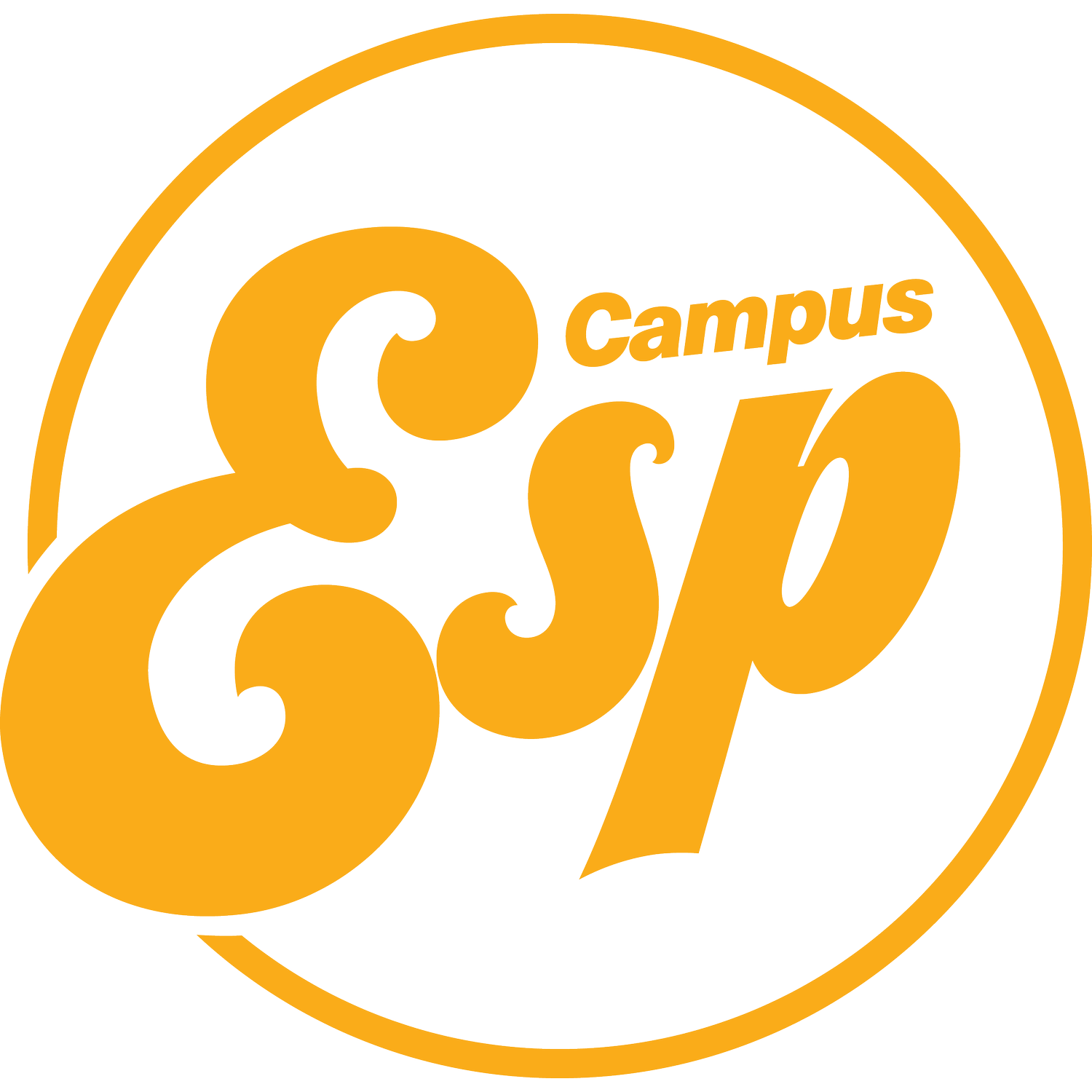Big Impact with Limited Bandwidth: How the University of Montana scaled family engagement with CampusESP
Family should never be second string, even when the team is small. That philosophy drives the University of Montana’s approach to family engagement, where limited time and resources haven’t stopped making a big impact.
Devin Carpenter, Director of New Student Success and a three-year CampusESP partner, understands the power of consistent, thoughtful communication with families. To achieve it with a small team he built efficiency and smart partnerships into his strategy. Grounded in creativity and smart use of CampusESP for Family Communication, his approach shows how even a small team can meaningfully enhance family engagement.
So how does Montana smartly tailor communications to the more than 11,000 families they serve?
Leverage tech to scale and continue the work of temporary resources
Devin’s first strategy involved giving meaningful work to temporary staff. How do you empower a temporary employee to make a lasting contribution? When the department had NODA interns joining them the summer of 2023, his answer was to have them own the creation of a First-Year Families Communication Plan, designed to guide families as they transitioned from the admit stage to the first-year community.
Following the “W Curve” framework, which highlights the five phases of adjustment that new students experience during the first year of college, posts were scheduled every 10–14 days using CampusESP's automation tools. Devin emphasized the helpfulness of a “set it and forget it” method — allowing the system to automatically post and even repost content with a built-in approval step to save the team time but make posts look new and fresh. This made regular communication possible without requiring daily staff oversight.
Boosting capacity with student workers and CampusESP data
To further expand their reach, Montana brought in two AmeriCorps VISTA undergraduate students to work in the office during Summer 2024. Their mission? To further refresh, revise, and enhance that first-year families focused content. This included:
Reviewing outdated content (last updated two years prior)
Conducting a gap analysis
Creating University of Montana-specific content and visuals
Using CampusESP analytics to drive their direction, the students created a repository of evergreen content, including the Student Success Champions Series — profiles of the staff at Montana working directly to improve student outcomes — to fill any gaps and ensure year-round relevance.
Building on this momentum, the university then brought in a full-time AmeriCorps VISTA graduate student for the entire academic year. Funded through the Office of the Vice President, this position focused on increasing internal capacity within the Division of Student Success and Enrollment Management. The graduate student led a strategic gap analysis and developed a robust communication strategy tailored for continuing families, extending engagement beyond the first year.
Campus partner collaboration to scale content further
Montana’s latest evolution and level up came when they looked at the resulting strategy, and asked themselves three key questions to identify the campus partners that could help them scale, and those that held important information but needed more support.
Who already has marketing infrastructure?
The Experiential Learning & Career Success team at Montana was already regularly producing their own newsletters for students. By repurposing this existing content, the team instantly had more to share with families. One of the articles even became the most-clicked post of the 2024–25 academic year.Who has content but no infrastructure?
Outdoor Programs and Family Weekend had tons of information perfect for families, but their processes were seasonal and sporadic. Since they only needed occasional support, they became ideal candidates for centralized help.Who has potential but needs support?
The Division of Student Affairs & Enrollment Management had an eager audience and held content perfect for utilization, but no plans for sharing it broadly. Energy was thus focused here, and resulted in the team helping them develop:
A content calendar with ideas
Guides for copywriting and photo selection
Topic assignments for various content experts
Training on scheduling through CampusESP
To simplify collaboration, Devin introduced a SharePoint hub for campus partners to upload content they wished to be shared with families. Containing templates for guidance and easy instructions for uploading and sourcing photos, graphics, and content files, it allows various departments to contribute, no matter their level of participation.
AI for a data-driven decisions
Devin also embraced AI to enhance family communication at the University of Montana. From having AI analyze post coverage and performance to suggesting new content to fill gaps or expand on areas receiving high engagement, he could more quickly iterate with confidence.
Some of the results included a Family FAQs for Emergencies, a guide to FERPA & legal literacy for families, and tips for navigating roommate relationships.
The need and desire for family engagement is big, eve when the team expected to facilitate it may be small. But Devin and the Montana team have proven that by working smarter, utilizing partners and tools, and thinking big pictures can enable even the most strapped departments to create strategies that are cohesive and contribute. Great work, Montana!






